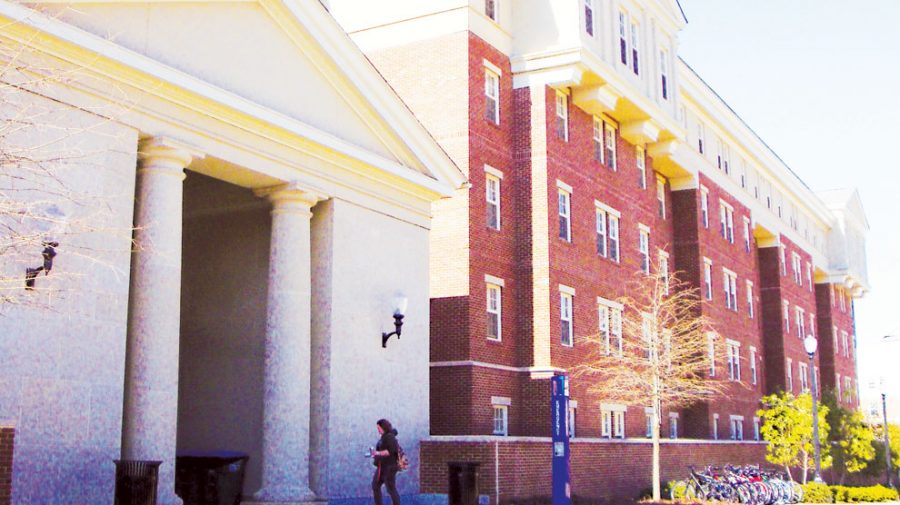The cost for campus housing has crept upward for the last few years, but the increase is a move to align costs closer to off-campus rates, according to University sources.
“Several years ago, we determined that our housing costs were too low, compared to comparable institutions and the off-campus market,” said Alicia Browne, associate director for information and communication Housing and Residential Communities. “In adjusting our rates, we have tried to bring them into line with comparable schools and with off-campus housing, recognizing that there is some additional value associated with the convenience of actually being on campus.”
In the 2006-07 academic year, the rate per semester for a four-bedroom suite in the Riverside residence halls was $2,450. In the 2008-09 academic year, the rate per semester for a four-bedroom suite in Riverside was $3,100. This year, a four-bedroom suite in Riverside costs $3,750 per semester, a 53 percent increase in four years.
Carlos Soto, a sophomore studying in New College, said rent at the off-campus housing community The Retreat at Lake Tamaha costs less than room and board at the Ridgecrest residence halls, which is where he lives.
For instance, in the Bloomfield complex at The Retreat, a lease continued for the five months of one semester, for a four-bedroom house that includes a furniture package and a utilities cap package costs $3,125, excluding the application fee, administration fee, security deposit and utilities cap package set-up fee (all one-time charges), according to an e-mail from The Retreat that lists the rates of its apartments.
When asked about housing prices, Soto said he decided to move off campus because of the rise in cost.
“I feel they’re a bit exorbitant,” he said. “[The residence halls] are nice, but I can also get an apartment off campus for cheaper, and I am not going to continue to pay that much for the proximity [of on-campus living].”
Browne said HRC does not budget to make a profit from the cost of housing. Instead, housing costs are directed to the maintenance and support of residence halls.
“New buildings require new professional and student staff, new furniture, increased maintenance and more programming,” she said.
Browne said as housing has grown, new resources and services have been added to the residence halls, including new professional staff and resident advisers, the Paty Package Center that assists on-campus students with received packages, and wireless Internet throughout all of the residence halls.
Because HRC does not receive state funds to defray these costs, students bear the expenses with their housing costs, Browne said.
HRC also standardized the rates for the manifold housing options so that students would not have to fumble around with 20 different housing costs to decide where to live, Browne said.
“Now, for the most part, the cost of a particular type of room is the same from building to building, which we have found is much simpler for students and parents to understand,” she said. “It also makes it much easier for students to consider the ramifications of a room change from one building to another.”
Matt Powe, a freshman majoring in business operations management, said he takes issue with the uniformity of cost between his room and board at Ridgecrest South and the room and board for residents of Riverside, who he said have larger living spaces.
“I think that college is a business and they’re out for making a profit,” he said.
For a four-bedroom suite in Riverside West, East and North, a bedroom is 110 square feet and a living/dining area is 372 square feet, according to HRC’s website.
For a four-bedroom suite in Ridgecrest South, a bedroom is 99 square feet and a living/dining area is 120 square feet. Students in both residence halls bear the same cost per semester.
Benjamin Lowe, a junior majoring in public relations, said the University should admit fewer students to the University to lower the demand for housing.
He also said the freshman residency requirement inflates the price for housing due to the correlated rise in demand.
“By having the freshman requirement to live on campus, the University is creating an artificial bubble for their own housing,” he said.









